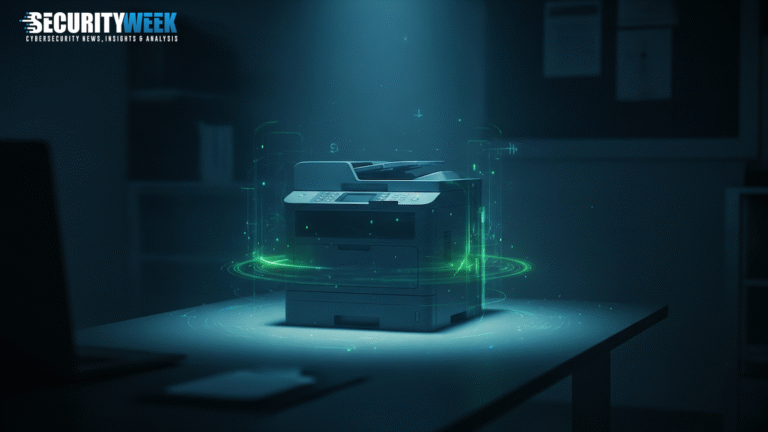Essential Insights
-
Vulnerability Scope: Researchers at Rapid7 discovered eight serious vulnerabilities in 689 models of Brother printers, impacting millions of devices, including models from Fujifilm, Ricoh, Konica Minolta, and Toshiba.
-
Critical Flaw: The most severe vulnerability, CVE-2024-51978, allows remote attackers to bypass authentication using a device’s default administrator password, putting the security of these devices at risk.
-
Exploitation Potential: Six out of eight vulnerabilities can be exploited without authentication, facilitating attacks like Denial of Service, unauthorized access, and disclosure of sensitive information.
- Mitigation Efforts: While Brother has issued patches for most vulnerabilities, CVE-2024-51978 cannot be fully resolved in existing devices, necessitating a future manufacturing process change and providing workarounds for current models.
The Core Issue
Recent findings by cybersecurity researchers at Rapid7 have unveiled significant vulnerabilities affecting hundreds of printer models, notably those manufactured by Brother, alongside various models from Fujifilm, Ricoh, Konica Minolta, and Toshiba. The research identified eight critical security flaws, with the most alarming, CVE-2024-51978, enabling remote attackers to bypass authentication via a default administrator password tied to each device’s serial number. This particular vulnerability not only jeopardizes the integrity of the affected devices—spanning approximately 689 models—but also puts millions of enterprise and home printers at risk, exposing them to potential hacker exploitation.
Rapid7 disclosed these vulnerabilities to Brother approximately one year prior through Japan’s JPCERT/CC, prompting the vendor to issue advisories and partial patches. While most flaws have been addressed, the severe CVE-2024-51978 remains only partially patchable, necessitating a new manufacturing approach for future devices. As a precaution, Brother and associated vendors have also released workaround solutions and advisories to mitigate risks for existing devices, emphasizing the urgency and critical nature of these vulnerabilities within the printing industry.
Critical Concerns
The emergence of severe vulnerabilities in multifunction printers manufactured by Brother and other vendors poses a substantial risk to businesses, users, and organizations alike, potentially compromising their operational integrity and data security. As millions of printers, including 689 specific models from Brother and others, fall prey to these flaws—particularly the critical CVE-2024-51978 that allows unauthorized remote access—attackers could exploit these weaknesses to infiltrate networks, manipulate device functionalities, and precipitate denial-of-service attacks. The cascading effects of such breaches can ripple through interconnected systems, leading to unauthorized data disclosure, significant financial losses, and erosion of consumer trust. Moreover, organizations that rely heavily on these devices for sensitive documentation may find themselves vulnerable to targeted attacks, thereby amplifying the urgency for prompt remediation and the implementation of robust security protocols to safeguard against potential exploitation.
Possible Remediation Steps
Timely remediation is crucial in the face of emerging cybersecurity threats, as it not only safeguards sensitive data but also fortifies overall system integrity.
Mitigation Strategies
- Firmware Updates: Regularly update printer firmware to patch vulnerabilities.
- Network Segmentation: Isolate printers from critical network segments to limit access.
- Access Control: Implement stringent user authentication and authorization protocols.
- Firewall Configuration: Use firewalls to restrict unauthorized traffic to and from printers.
- Monitoring and Auditing: Continuously monitor printer logs for suspicious activity.
- Vulnerability Scans: Conduct periodic scans to identify and address potential security gaps.
NIST Guidance
The NIST Cybersecurity Framework (CSF) underscores the importance of identifying, protecting, detecting, responding to, and recovering from security incidents. For detailed strategies on managing risks associated with vulnerabilities, reference NIST Special Publication 800-53, which provides a robust catalog of security and privacy controls.
Continue Your Cyber Journey
Explore career growth and education via Careers & Learning, or dive into Compliance essentials.
Learn more about global cybersecurity standards through the NIST Cybersecurity Framework.
Disclaimer: The information provided may not always be accurate or up to date. Please do your own research, as the cybersecurity landscape evolves rapidly. Intended for secondary references purposes only.
Cyberattacks-V1

